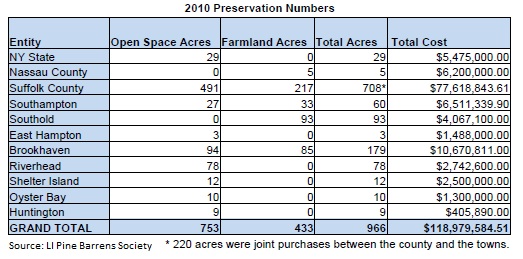Linked below is a copy of Water Worries, the report issued in June by environmentalists in response to the draft Suffolk County Comprehensive Water Resources Management Plan. I had the pleasure of editing and assembling the document, and was proud to be a part of the effort to protect Long Island’s drinking water along with prominent environmentalists across Long Island. The report is a great read, and it displays the #SoundPlanning principles that my writing always advocates for. The report is linked below:
http://pinebarrens.org/newsreleases/FINALWaterWorries6.11.pdf
I was also proud to have authored a recommendation made in the report:
There must be stricter enforcement of Article 6 of the Suffolk County Health Code.
Article 6 mandates specific maximum residential densities of one acre in Groundwater Management Zones (GMZs) for new developments. Proposals for new projects must conform to Article 6, as well as the Suffolk County Special Groundwater Protection Area rules and regulations. These areas are critical to deep recharge of the aquifer, and further steps must be taken to ensure that these areas are developed properly. The Special Groundwater Protection Area recommendations must cease to be advisory and become regulatory.
For a larger, PDF version of this map, click here (thanks to the Suffolk County Planning Department)
Article 6 of the Suffolk County Health Code is an important provision that is often ignored by developers, development proposals and advocates of “smart growth”. To understand what Water Worries advocates for, the historic context of Long Island’s groundwater protection must be understood.
The 208 Study can be read in it’s entirety here:
http://www.brookhaven.org/LinkClick.aspx?fileticket=5yVXIRcIcUw%3D&tabid=119&mid=853












